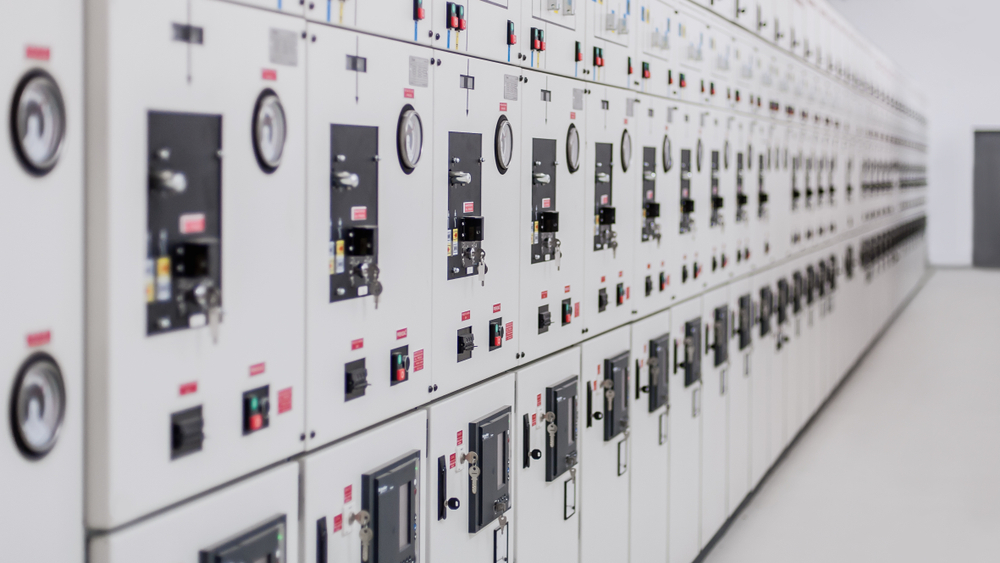Switchgear systems that can handle between 3 kV and 36 kV are called “medium voltage switchgear.” No matter what kind of circuit blocker is used, the main job of the medium switchgear is to stop the flow of electricity when a fault happens. In medium voltage switchgear, insulating oil, SF6 gas, or a vacuum can be used as an interruption medium.
Things to Consider
Indoor Switchgear
Indoor switchgear is only meant to be installed inside a building or other enclosed space. It is safe from wind, rain, snow, unusual dust deposits, unusual condensation, ice, and hoary frost.
Most indoor switchgear is made of metal and plastic. The different parts of the switchgear are separated by metal walls connected to the earth. So, we have a breaker chamber, a CT/PT chamber, a cable termination chamber, a busbar chamber, a surge suppressor chamber, an LT busbar chamber, an instrument panel chamber, and so on.
Outdoor Switchgear
Outdoor switchgear is made to be installed in open areas where it will be directly affected by rain, dust, and other environmental factors. These can be put inside a metal enclosure as a kiosk where HT connections can be made or placed on a structure.
The enclosure must withstand the weather when metal-clad switchgear is put outside.
Considerations for Rating
Standard-rated voltage and maximum operating voltage are used to rate circuit breakers. The power system where the Circuit breaker is used shouldn’t be able to go above this maximum operating voltage. The rated current of a circuit breaker is the amount of continuous current it can handle without getting too hot. This is a must if you want the insulation on the main parts that carry power to last as long as possible!
Ambient Considerations
Medium voltage switchgear is made to work well at the ratings shown on the rating plate under normal environmental conditions. Temperatures of 40°C and altitudes of up to 1000 metres are considered standard. When these things change, the switchgear needs to be downrated. Also, surge suppressors should be regarded for all these installations at high altitudes.
Outside air is used to cool and insulate a circuit breaker. The atmosphere is less dense at high altitudes, making it hard to cool and keep warm. So, derating circuit breakers is something to think about.
The information about derating is in standards IEC62271-1 and ANSI C37.04. This information about derating is available from switchgear manufacturers, who give it to users who ask for it.
System Earthing Consideration
For earthing, systems that are solidly grounded and systems that are not effectively grounded are used. A solidly grounded approach creates ground fault currents that are strong enough to turn on the earth fault relay of the affected feeder.
This causes the correct circuit breaker to trip, isolating the broken part without cutting power to the rest of the system.
Conclusion
Electricity is now an essential part of everyday life. Even though electricity is valuable, it can also be dangerous. Because of this, several safety precautions and rules should be followed when dealing with a variable frequency drive. Switchgear is needed because electricity needs to be used more safely and efficiently.
Also Read: How to Rent A Luxury Car For A Glamorous Wedding in Bangalore?










